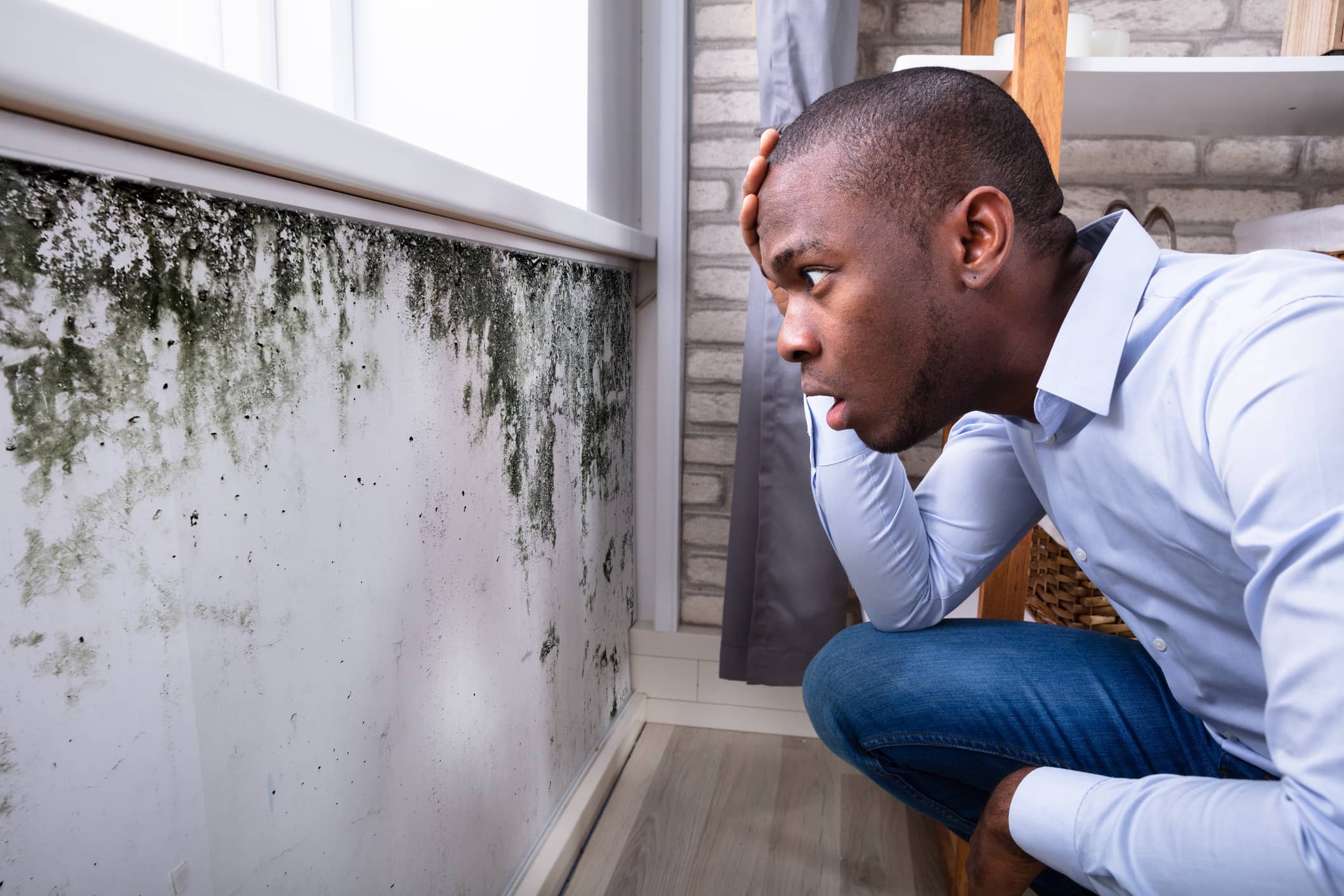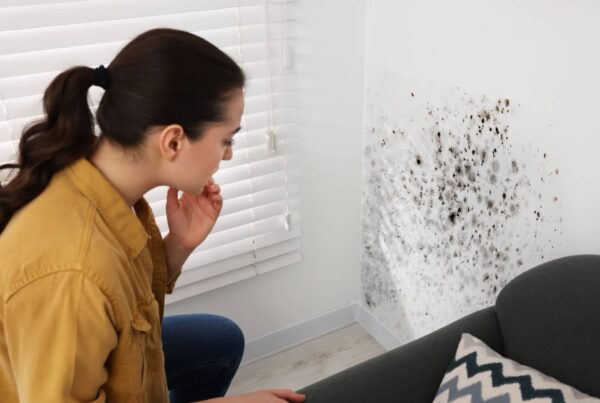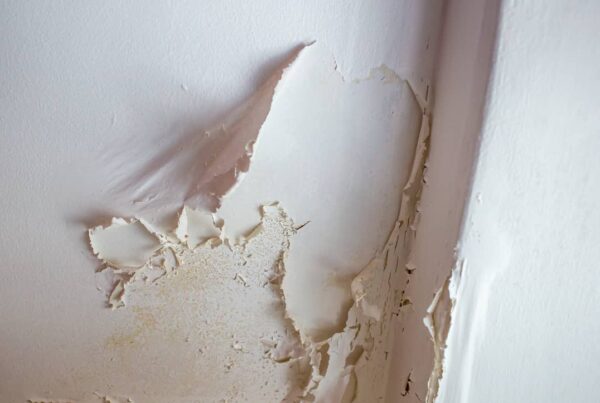
When it comes to owning a home, the last thing you want to see is mold. There are a variety of molds that can appear in areas of high humidity, and certain types of mold are more serious than others. Understanding how black mold can develop, and how quickly, is crucial for taking timely action to maintain a healthy home. So, how long does black mold take to grow?
In this article, we’ll cover the basics of mold growth, then close in on black mold and how much time for action it allows.
What Is Mold?
Did you know that mold is a natural part of our planet’s ecosystem? As a member of the fungi family, mold plays a crucial role in breaking down organic matter. But when it finds its way into our homes, it can raise serious concerns.
Mold thrives both indoors and outdoors, adapting to a variety of environments. Its color, ranging from hues of pink, purple, orange, blue, green, and brown, to the more concerning black, can indicate its potential health risks. Notably, black, green, and yellow molds are often deemed the most harmful to our well-being.
The appearance of mold in your home is a strong call to action. These tiny spores, almost invisible to the naked eye, travel through the air and settle in areas rich in their preferred diet: moisture and humidity. This is why areas like showers and bathrooms, with their elevated humidity levels, are common mold hotspots. Understanding that mold growth often follows water damage is key to prevention and management. It’s important to be vigilant, as exposure to mold can adversely affect your immune system, especially in sensitive individuals.

Mold Growth & How to Prevent It
Mold thrives in environments rich in moisture. Its growth begins when mold spores which are constantly floating in the air, find a damp surface to land on. This could be due to excess water entering through foundational cracks, leaks, or simply high humidity levels. Remarkably, black mold can start to grow within just 24 to 48 hours after moisture exposure, making prompt action essential.
Key factors contributing to mold growth include:
- Organic Surfaces: Mold feeds on organic materials, so surfaces like painted walls can become breeding grounds.
- Humidity: High humidity levels, especially above 50%, can accelerate mold growth.
- Poor Ventilation: Lack of air circulation can trap moisture indoors, encouraging mold.
To prevent mold growth, especially the harmful black mold known for producing mycotoxins, consider these proactive steps:
- Maintain Humidity Levels: Keep indoor humidity below 50% by investing in a good quality dehumidifier. Using a moisture meter can help monitor and manage these levels effectively.
- Ensure Proper Ventilation: Regularly open windows and doors to create a cross breeze, reducing moisture buildup. Using air conditioning also helps in maintaining a dry environment.
- Manage Water Sources: Address any standing water promptly and repair leaks to prevent moisture accumulation.
- Use Exhaust Fans: Especially in bathrooms, run exhaust fans during and for at least 20 minutes after showers to expel excess moisture.

Other Recommended Maintenance
Knowing how to safely clean black mold is essential, especially in damp areas where it is prone to grow, like showers. This not only ensures effective removal but also protects your health during the process. Continuously educating yourself about mold prevention is crucial for a healthy home environment. Regular inspections and maintenance, such as checking for leaks and managing humidity, play a significant role in mold prevention.
Before purchasing a home, it’s important to include a mold inspection as part of the overall home evaluation. Understanding the presence and extent of mold can be a decisive factor in the home buying process, given the potential health risks and remediation costs associated with mold.
Average Costs for Mold Treatment
The costs for treating mold can vary significantly depending on the scope and severity of the infestation. Minor mold problems in small areas might be addressed for a few hundred dollars. However, for larger, more extensive mold infestations, especially those involving toxic black mold, treatment costs can escalate quickly.
In these cases, homeowners might expect to pay anywhere from $1,500 to over $5,000 for professional mold remediation. This cost reflects the complexity and safety measures required to effectively remove the mold and restore the affected areas to a safe condition.
When to Call a Professional
Dealing with mold is not something that homeowners want to get involved with. Black mold can damage your health and your home. When black mold arises, you will want to call on a professional mold immediately.
Also, reach out to your local home inspection team so that they can check the entire home for mold. Additionally, they can recommend the most reputable mold remediation company in your local area.
Conclusion
In essence, black mold can be a daunting thing to handle on your own. To get your black mold issue under control, reach out to your local home inspection team. They will inspect your home for mold, determine the severity, and suggest the best next steps. Reach out to Atkinson Inspection Services for a mold inspection and home inspection in Orlando, Clermont, and the Villages.



